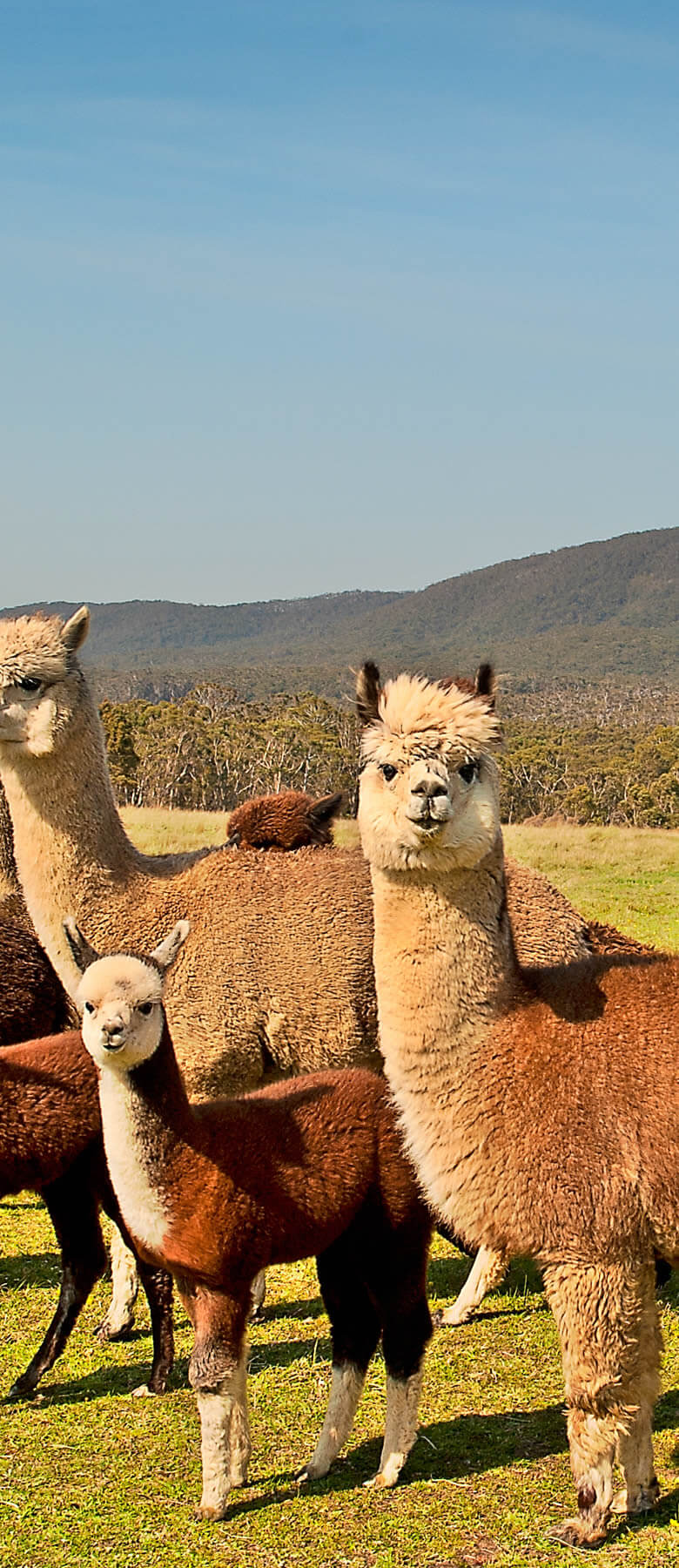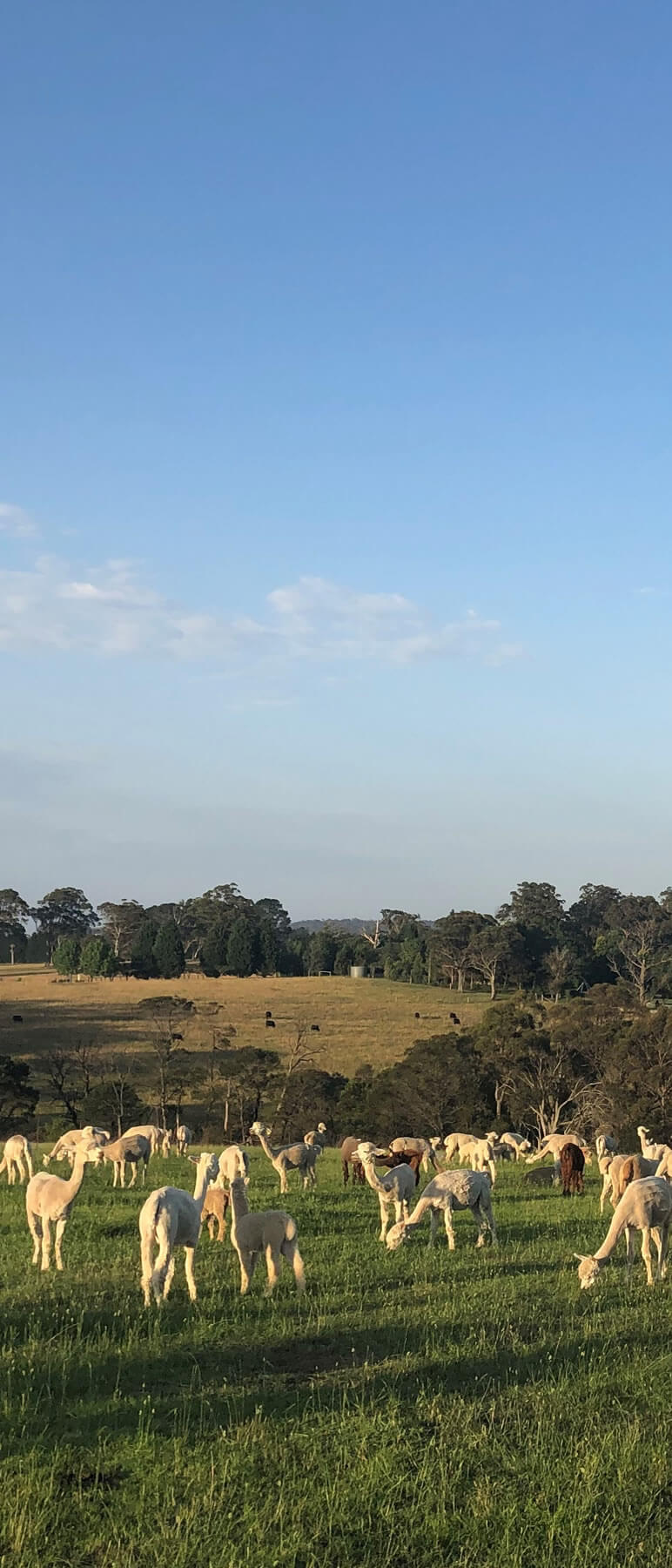Alpaca FAQ
Have a question about alpacas you need answered? Head on over to our handy FAQ guide and find the answers you need.
Alpaca Shows
The AAA offers a national network of shows which enable breeders to compete and compare their achievements with other herds within a balanced and discerning framework.
Alpaca Care
Information on how to look after your new alpacas
Buying your first alpacas?
Are you just getting into the alpaca industry and not sure where to start? – check out our guide on buying your first alpacas
Shearing
Alpacas need to be shorn annually. This is usually done in spring or early summer so that the alpacas have grown enough fleece back before the weather cools again and so they have their fleece removed before the weather gets too hot.
Alpaca Fleece and Fibre
The popularity of alpaca fibre is on the rise. Combining softness, warmth and strength, alpaca fibre has all the benefits of wool without the itch. Available in natural colours but easily dyed, there are many elements that alpaca fibre can be used for.
The IAR Database
The Australian Alpaca Association runs an alpaca pedigree register – the International Alpaca Register (IAR). The IAR is recorded on eAlpaca – a bespoke online system designed and built specifically for the AAA.
Research and Development
Our Research and Development portfolio provides information from our research projects, available to all our members. All our associated research projects are conducted to internationally recognised best practice standards, with full confidentiality of sensitive information.
Guaranteed Australian Alpaca
The AAA licenses the use of a “Guaranteed Australian Alpaca” logo for products that contain alpaca from Australia, are completely made in Australia (i.e. fleece, hide or meat has not left Australia) and are in a form which is considered a “commercial” product (i.e. not bales of fleece)
Vets with alpaca experience
We have a directory of veterinarians with experience treating a variety of alpaca related health issues around Australia.
Alpaca meat
Alpaca meat is highly nutritious, lean and flavoursome. It is an excellent source of protein with little saturated fat or cholesterol and is environmentally sustainable to produce. As most parts of the alpaca can be used for meat, alpacas offer a high yield with little wastage.
School education
AAA are pleased to have education materials ready made for various stages of schooling.
Traceability
The NLIS system is now being implemented by the Australian alpaca and llama industry for biosecurity purposes. The NLIS Alpaca will use a visually readable electronic tag that will stay with each animal for life.


